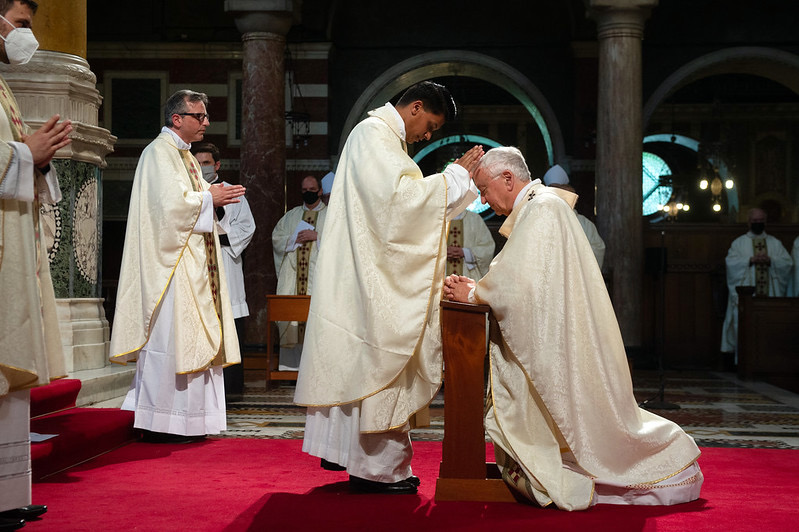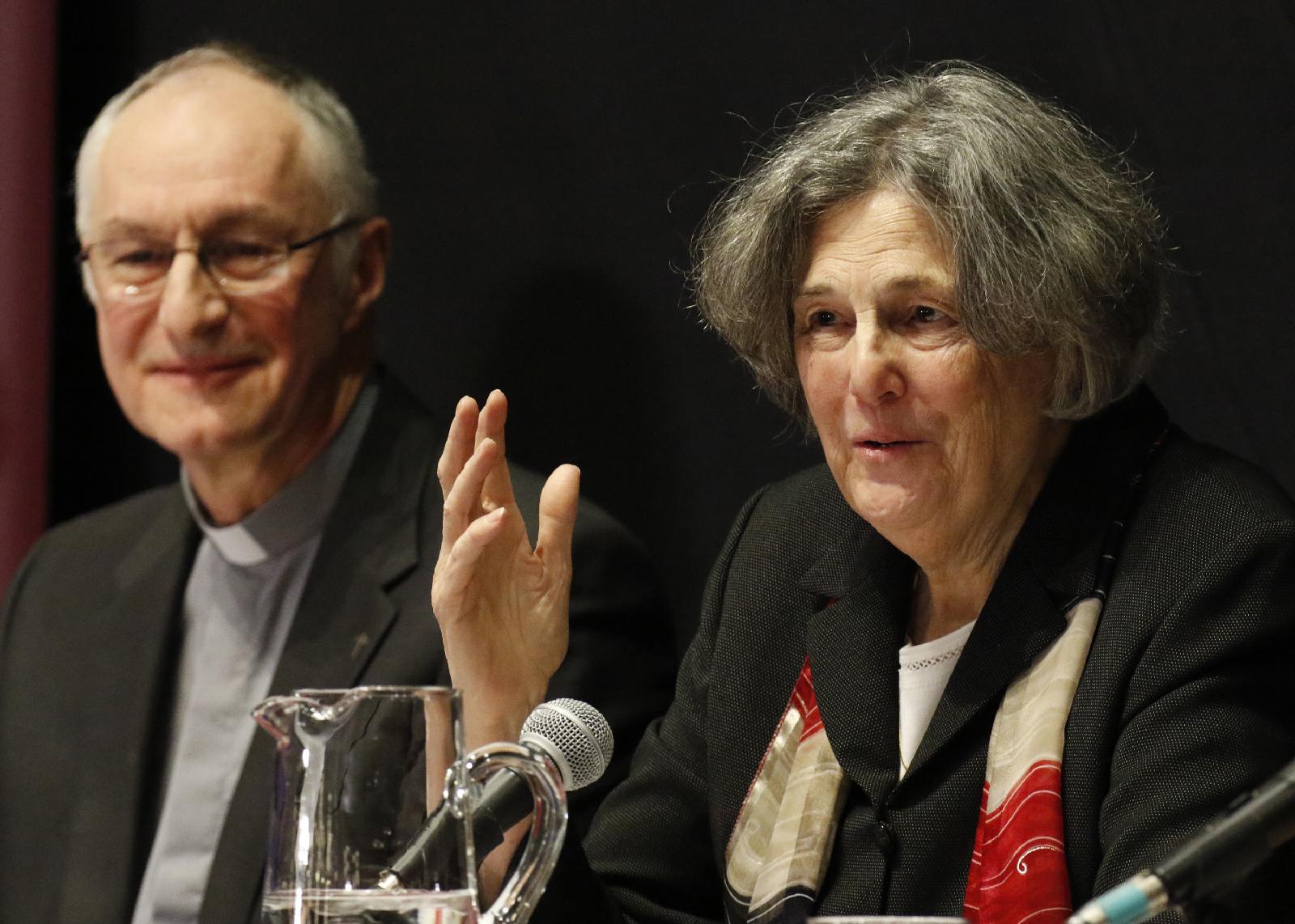The Church needs to ask itself if the current approach to formation is an adequate model for preparing deacons and priests to minister in a ministerial Church, Professor Thomas O’Loughlin of the University of Nottingham has said.
Speaking at a Tablet webinar on the theme Towards a Renewed Vision of Ministry about Pope Francis’ efforts to bolster lay leadership and renew the Church, Professor O’Loughlin said every diocese in the world can now enrich its ministerial experience by introducing acolytes, lectors, and catechists but the Church must look at the provision of training programmes if these ministries are to be established.
“If we're going to have training for ministry, we will have to overcome the idea that clergy are formed, because we will not be able to use the formation model for lectors, acolytes and catechists. We need to go back to an older theological model of apprentice, which has a long history back to rabbis and disciples,” he said.
He described the Pope’s reforms aimed at leading to a renewed vision of both lay and ordained ministry as a shift of tectonic plates proportion which hardly anyone seemed to realise.
“Since the early 4th century, ministry has always been linked to clergy. Clergy minister. That little world has been shattered. Suddenly, we have decoupled the idea of clergy as exclusive to the notion of ministry, and we have got ministers who are not clergy. That really scares people who live in a canonical world.”
He said that bishops have often been very hesitant about allowing lay training to take place in seminaries, and seminarians have often objected to being prepared for the priesthood with lay students alongside them. “This is a phenomenon that is found right across the world in seminaries. Seminarians like to be with seminarians, and bishops tend to like that their seminarians are apart.”
He said opening these ministries to members of the laity was a “completely new way of thinking” in which the acolyte is not serving the priest but he or she is “serving one another in the community”.
Professor O’Loughlin said he didn’t know when these new ministries would happen but warned that it would require “an awful lot of work” and that it would be “very costly”, but that it would “change the Church”.
Another speaker at the webinar was Mauricio López, executive secretary of CEAMA (Ecclesial Conference of the Amazon) which is working to implement the proposals of the 2019 Amazon Synod, of which he was a participant. In 2021, he was appointed by Pope Francis as a member of the Vatican Dicastery for Promoting Integral Human Development.
He explained that the reality in the Amazon is that 95 per cent of the Church’s presence is through lay leaders, of whom 70 per cent are women, though they only conduct 30 per cent of the responsibility.
“The future of the Church in the Amazon is not possible without women,” he stressed. The change underway was a “beautiful sign of the margins, helping the centre” and the “Amazon synod is really experiencing the gift or being listened to”, he said.
Of the Synod on the Amazon, he acknowledged that some had expected it to “solve the big discussions in terms of ministries for the whole Church, when in fact it was really focused on the concrete reality [of the Amazon] and how to respond to it.”
He referred to the experience of Chiapas in southern Mexico where they have been living a dynamic model of a ministerial church for decades. “It’s a network of ministries, which are created around the concrete needs of the community, the discernment of all the years, and the ministries are offered to the people by the community itself.”
He said the challenge of formation highlighted by Professor O’Loughlin was “a major issue” and that the people of the Amazon did not “need a Western type of formation”.
Professor Phyllis Zagano of Hofstra University, New York, whose latest book is Women: Icons of Christ, sat on a commission set up by Pope Francis to study women deacons between 2016-2018.
She told the webinar that by changing one word in Canon 230, Paragraph 1, which now reads ‘lay persons’, “the Pope has declared to the Church and to the world at large that lay women are equal to lay men. It’s an astonishing advance.”
The expert on women deacons said that up until 1983, the Code of Canon Law forbade women from being inside the altar rail and said the server at mass could not be a woman, unless no man could be had, and that women must stay at a distance and in no way approach the altar.
The new changes were letting women “near the sacred”. In his Motu Proprio, Spiritus Domini, the Pope was allowing women to be installed into lay ministries, one of which replaces a major ordained order.
“As to the possible restoration of women to the diaconate, we find that there is a real movement here towards recognising that lay women are equal in status to lay men. I think that’s the bottom line. Then we can move forward to see if women can be restored to an office to which they were ordained for well over 1000 years, which is the order of deacon.”
Professor Zagano said: “I think the Church will not be denied what it needs, and if the Church needs women deacons, it will happen.”



 Loading ...
Loading ...